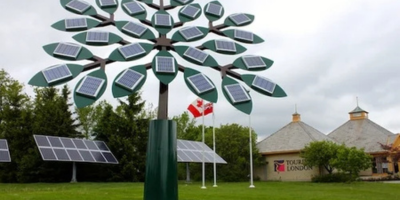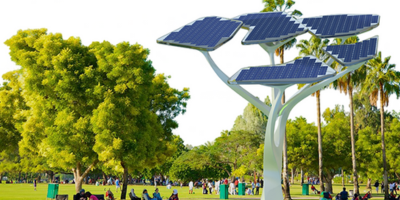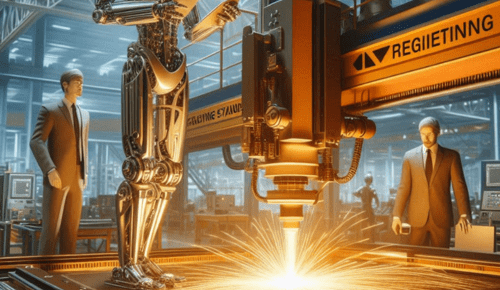
As the global push toward sustainable energy intensifies, innovative solutions are becoming increasingly vital to meet the demands of clean energy consumption. One such remarkable innovation is the solar tree, an advanced system designed to harness solar energy in a compact and aesthetically pleasing structure. Unlike conventional solar panels that require vast land areas, solar trees offer a vertical solution, making them ideal for urban spaces and areas where horizontal space is limited.
What is a Solar Tree?
A solar tree is a structure that mimics the shape and function of a natural tree. It consists of a central pole with solar panels mounted on branches extending outward. These “branches” hold photovoltaic panels that absorb sunlight and convert it into electricity. The unique design of the solar tree not only optimizes space but also enhances energy generation efficiency by positioning the panels at various angles to maximize sunlight exposure throughout the day.
Benefits of Solar Trees
One of the primary advantages of solar trees is their space-saving nature. Traditional solar farms require large expanses of land, which may not be feasible in densely populated areas. Solar trees, however, take up only a few square feet on the ground, making them perfect for cityscapes, parks, schools, and commercial buildings.
Additionally, solar trees serve a dual purpose. Apart from generating clean energy, they act as visually appealing installations that can double as lighting sources, charging stations, and even Wi-Fi hubs. Their multifunctional capabilities make them a popular choice for smart cities and public infrastructure projects.
Applications in Urban and Rural Areas
In urban settings, solar trees are increasingly being installed in public places such as airports, bus terminals, and universities. These structures not only produce electricity but also educate the public about renewable energy. Many solar trees feature digital displays that show real-time data on power generation, consumption, and environmental impact.
In rural areas, solar trees can be transformative. They can power schools, health clinics, and homes in off-grid communities. Their minimal land footprint makes them ideal for regions where arable land should be preserved for agriculture. Moreover, installation of solar trees promotes job creation in rural areas, supporting both the economy and sustainability.
Cost and Maintenance
While the initial cost of installing a solar tree can be higher than that of conventional solar panels due to design and engineering complexities, the long-term benefits often outweigh the investment. The durability of high-quality photovoltaic cells and sturdy construction ensures that solar trees have a lifespan of 25 years or more with minimal maintenance.
Routine maintenance typically involves cleaning the panels and checking electrical connections. Since most solar trees are equipped with smart monitoring systems, any technical faults or efficiency issues can be detected and addressed promptly.
Environmental Impact
Solar trees contribute significantly to reducing carbon footprints. By utilizing solar energy, they reduce dependency on fossil fuels and help decrease greenhouse gas emissions. A single solar tree can generate enough power to support several households or streetlights, depending on the size and capacity.
Furthermore, some modern solar tree models incorporate vertical gardening and rainwater harvesting systems, enhancing their environmental benefits. These features allow them to support biodiversity and resource conservation in addition to energy production.
Future of Solar Tree Technology
As technology advances, solar trees are expected to become more efficient, affordable, and versatile. Innovations like flexible solar panels, energy storage integration, and AI-powered energy management systems are likely to boost their adoption.








